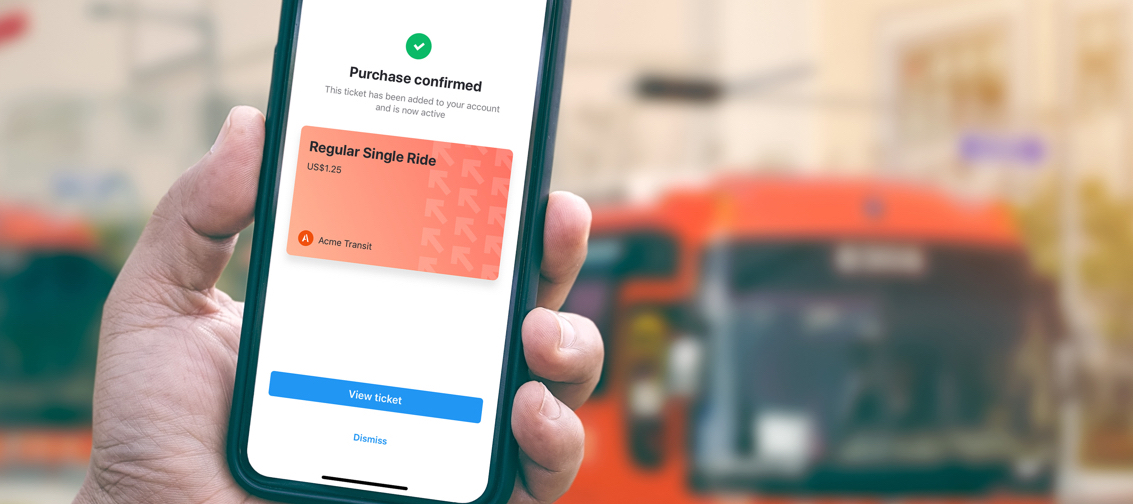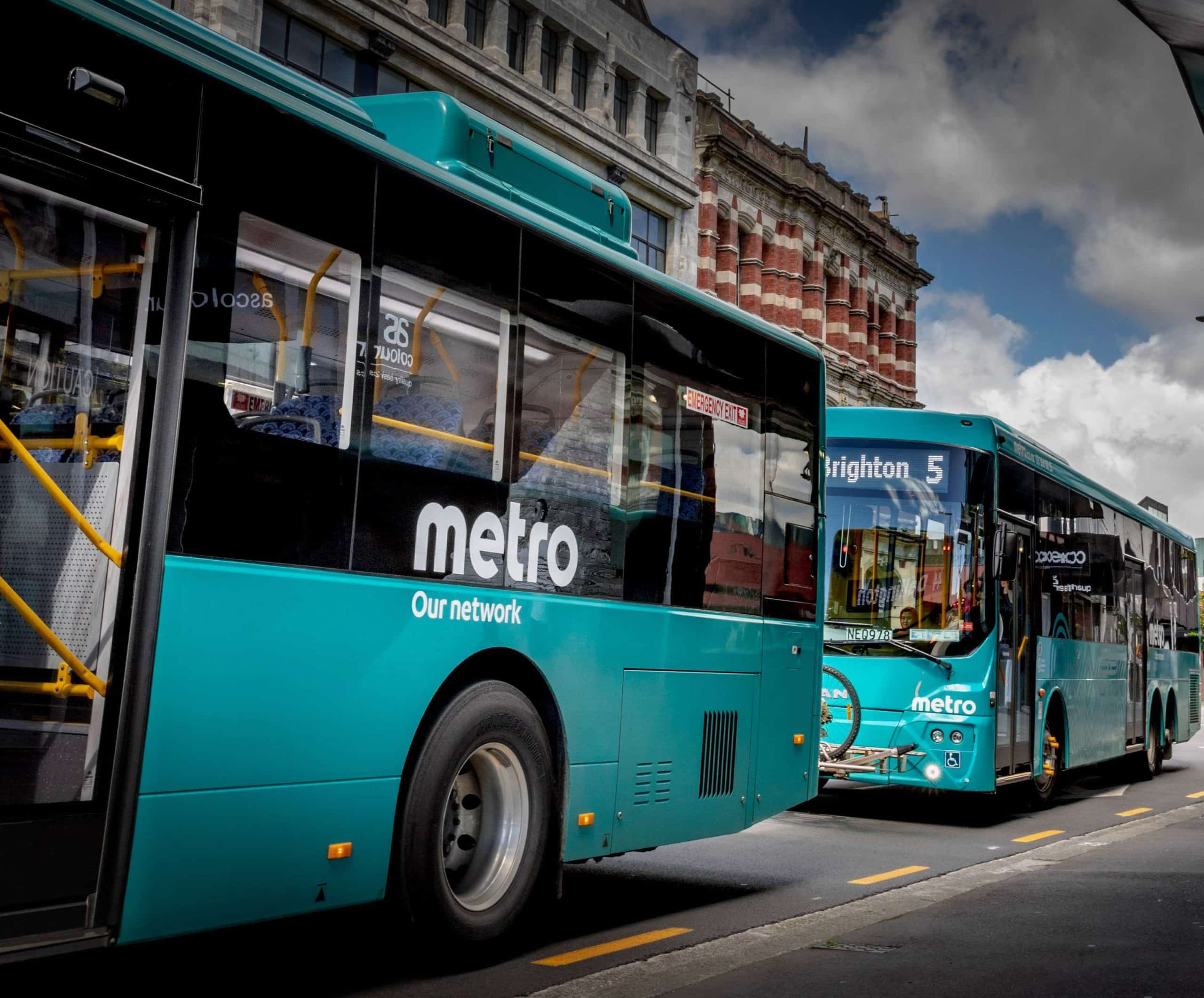
Article Highlights
Moovit, which bills itself as the largest urban mobility app globally, has been signing up transit agencies to enable mobile-ticketing in its app. The Israel-based trip-planning app seeks to become a mobility-as-a-service platform.
• Table: Some cities that various trip-planning apps are enabling. Table includes Moovit, Google, Transit, Uber and Lyft. (Updated)
• Moovit
• Token Transit
• Transit
• Cubic
• Masabi
Large trip-planning app provider Moovit has enabled customers of more than 50 mostly small transit agencies in the U.S. to buy mobile tickets it its app, with more agencies to come, the company confirmed to Mobility Payments.
















